With 21 days to explore, you can truly immerse yourself in Japan’s highlights, moving seamlessly across regions thanks to the coverage of the Japan Rail Pass. This itinerary is designed to maximize your time and budget, covering major destinations and day trips, all easily accessible by rail.
From the bustling streets of Tokyo to the historical charms of Kyoto and the beauty of Miyajima, this guide ensures a convenient and unforgettable journey with the JR Pass. Let’s embark on a comprehensive 3-week itinerary through Japan, starting from Narita Airport!
Table of Contents
- 1 Day 1: Arrive at Narita Airport and travel to Tokyo
- 2 Days 2-5: Explore Tokyo and enjoy day trips
- 3 Day 6: Travel from Tokyo to Osaka
- 4 Days 7-10: Explore Osaka and day trips
- 5 Day 11: Osaka to Hiroshima
- 6 Day 12: Miyajima
- 7 Day 13: Hiroshima to Kyoto
- 8 Days 14-17: Explore Kyoto
- 9 Day 18: Kyoto to Takayama
- 10 Day 19: Takayama to Kanazawa
- 11 Day 20: Kanazawa to Tokyo
- 12 Day 21: Depart from Narita Airport
- 13 Other itineraries
Day 1: Arrive at Narita Airport and travel to Tokyo
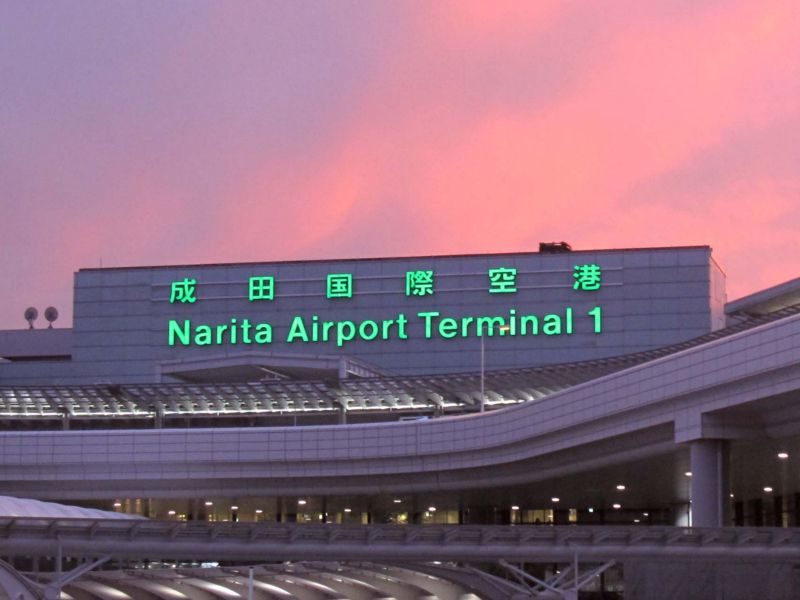
Your 3-week Japan adventure begins as you land at Narita Airport. Activate your 21-day JR Pass at one of the Japan Rail Pass Exchange Offices.
Next, hop on the Narita Express (N’EX) for a direct journey to Tokyo Station in about 60 minutes. Alternatively, you could choose one of several other options for traveling from Narita Airport to Tokyo.
Spend your first evening settling into Tokyo and enjoying the city’s vibrant nightlife.
Days 2-5: Explore Tokyo and enjoy day trips
Dedicate the next few days to uncovering some of the highlights of Tokyo, including:
- Shibuya Crossing – A world-famous intersection known for its mesmerizing chaos of pedestrian traffic, vibrant neon lights, and proximity to top shopping and entertainment spots.
- Sensoji Temple – Tokyo’s oldest temple, located in Asakusa at the end of the traditional Nakamise shopping street.
- Shinjuku – Tokyo’s bustling hub, offering skyscrapers, vibrant nightlife in Kabukicho, and the tranquil Shinjuku Gyoen National Garden.
- Akihabara – Tokyo’s mecca for anime, manga, and electronics enthusiasts. Known as “Electric Town,” it’s packed with specialty stores, themed cafés, and a vibrant otaku culture.
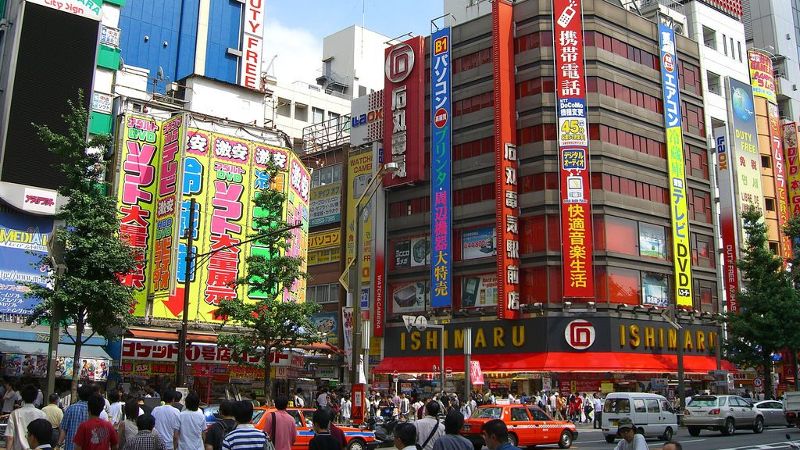
Take advantage of Tokyo’s excellent connectivity for day trips:
- Mt. Fuji – Climb the iconic volcanic peak or explore nearby attractions like the Fuji Five Lakes and enjoy scenic views from Hakone.
- Nikko – Visit the Toshogu Shrine, a UNESCO World Heritage site adorned with intricate carvings, surrounded by lush forests and waterfalls.
- Kamakura – A coastal city known for its Great Buddha (Daibutsu), tranquil temples like Hase-dera, and relaxing, scenic beaches.

Check out our post on the best day trips from Tokyo by train for more ideas.
Day 6: Travel from Tokyo to Osaka
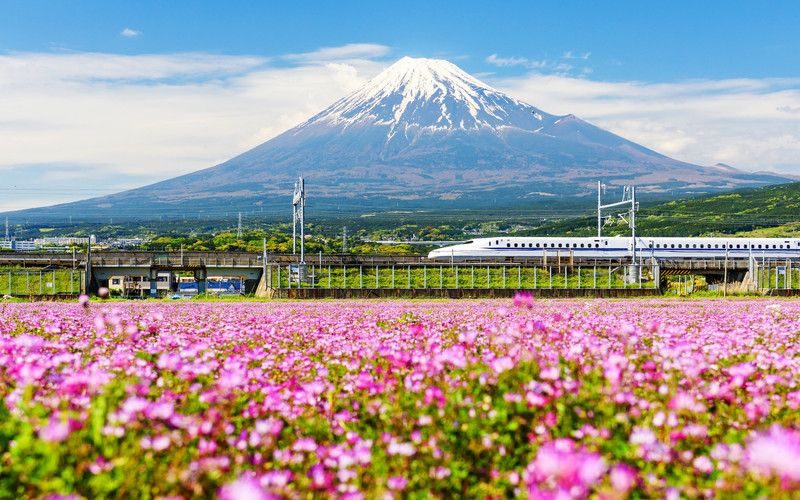
Board the Tokaido Shinkansen from Tokyo Station to Shin-Osaka Station. The journey takes approximately 2 hours and 48 minutes via the Hikari (fully covered by the JR Pass) or 2 hours and 21 minutes via the Nozomi, which requires a supplemental fee.
Arrive in Osaka and spend the rest of the day exploring, starting with the dazzling neon lights of Dotonbori.
Days 7-10: Explore Osaka and day trips
Osaka is a city full of character and culinary delights. Formerly known as Naniwa, the ever-busy Osaka was the first ever officially recognized capital of Japan. It is currently the third-largest city in Japan after Tokyo, with a greater population than any European and American city (apart from New York).
In Osaka, the key landmarks you should prioritize visiting include:
- Dotonbori – Osaka’s vibrant entertainment district, famous for its neon-lit billboards and variety of street food delights like takoyaki and okonomiyaki.
- Shinsekai – Known for Tsutenkaku Tower, this district offers a glimpse into Osaka’s past with its Showa-era architecture and affordable local eateries.
- Osaka Castle – A historic landmark originally built in the 16th century, surrounded by lush gardens and moats. Explore the museum inside, which showcases samurai history, or admire panoramic city views from the observation deck
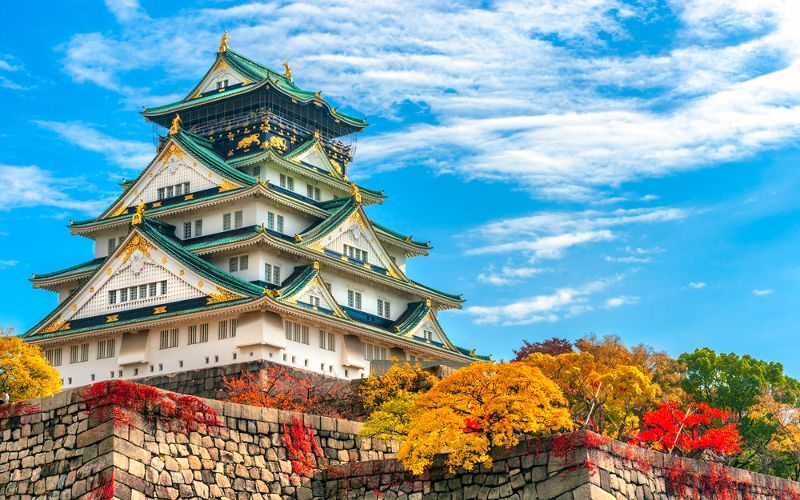
Osaka is also ideally situated for a number of exciting day trips. Consider traveling to:
- Nara – Japan’s first permanent capital is home to the iconic Todai-ji Temple and its Great Buddha. Don’t miss Nara Park, where friendly deer roam freely among visitors.
- Kobe – Kobe, nestled between mountains and the sea, is famous for its premium Kobe beef, stunning harbor views, and cultural highlights like the historic Kitano district and scenic Mount Rokko.
- Himeji – Tour the stunning Himeji Castle, known as the “White Heron Castle, a UNESCO World Heritage site that enchants with pristine architecture and rich history.
Check out our post on the best day trips from Osaka for more options.
Day 11: Osaka to Hiroshima
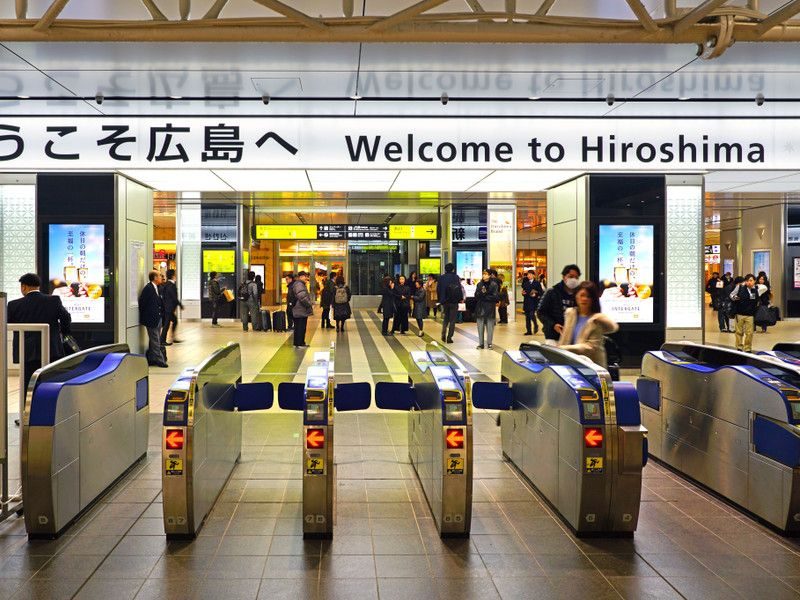 Travel to Hiroshima via the Sanyo Shinkansen, choosing the Hikari or Sakura trains (fully covered by the JR Pass). If you opt for the Nozomi or Mizuho trains, be prepared to pay a supplemental fee.
Travel to Hiroshima via the Sanyo Shinkansen, choosing the Hikari or Sakura trains (fully covered by the JR Pass). If you opt for the Nozomi or Mizuho trains, be prepared to pay a supplemental fee.
Upon arrival, visit the Peace Memorial Park and Museum, a poignant reminder of history, before enjoying Hiroshima-style okonomiyaki for dinner. Take a stroll down Hondori, one of the main city streets of Hiroshima, a covered arcade, which makes it the perfect place to go on a rainy day.
Day 12: Miyajima
Take the JR Miyajima Ferry, fully covered by the JR Pass, from Hiroshima.Spend the day exploring the serene island of Miyajima, famous for the floating Torii gate of Itsukushima Shrine.

If you’re looking for nature and unforgettable views – go straight up Mount Misen. Located at 500 meters above sea level, this is the highest peak of Miyajima, offering breathtaking views that spread all the way to Hiroshima.
For those who not so eager to walk, a ropeway will take you up the mountain, straight from the town. However, note that to reach the peak, you will have to walk 1 km before getting to the highest point.
After exploring Miyajima, take the ferry back to return to Hiroshima for the night.
Day 13: Hiroshima to Kyoto
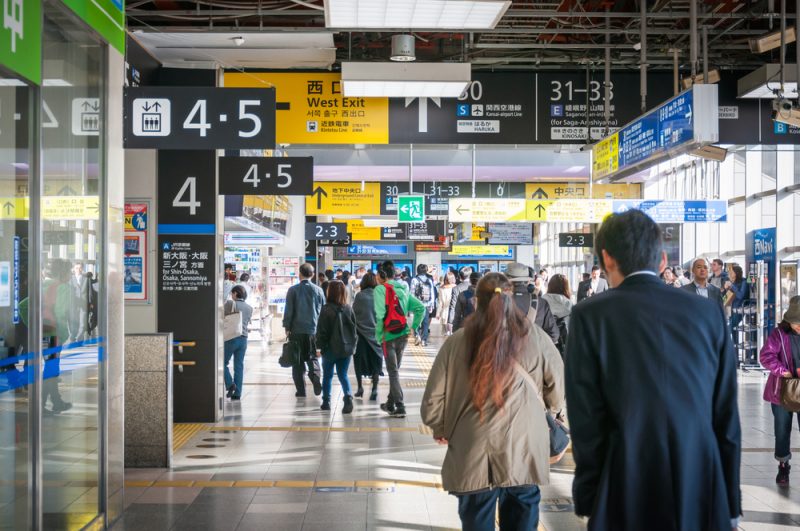
Hop on the Sanyo Shinkansen to Kyoto. The Hikari train takes about 2 hours and 42 minutes, while the Nozomi is faster (1 hour 35 minutes) but requires a supplement.
Upon arrival, dive into Kyoto’s historic charm and explore Gion, the most famous district in Kyoto, the only geisha place left in the country where traditional wooden architecture meets lovely tea houses.
Days 14-17: Explore Kyoto
Kyoto is a treasure trove of culture and history, full of sublime gardens, ancient temples, and vibrant shrines. Kyoto is where even the Japanese go to learn and soak up more of their culture.
Key attractions include:
- Arashiyama Bamboo Groveand the Togetsukyo Bridge.
- Kinkaku-ji (Golden Pavilion): A picture-perfect zen temple.
- Fushimi Inari Shrine: Famous for its red torii gates.
- Kiyomizu-dera Temple: Offering incredible city views.
- Philosopher’s Walk: A beautiful pedestrian path that follows a cherry-tree stream and includes some magnificent temples, gardens, and shrines.
- Nijo Castle for a glimpse of samurai history.

Day 18: Kyoto to Takayama
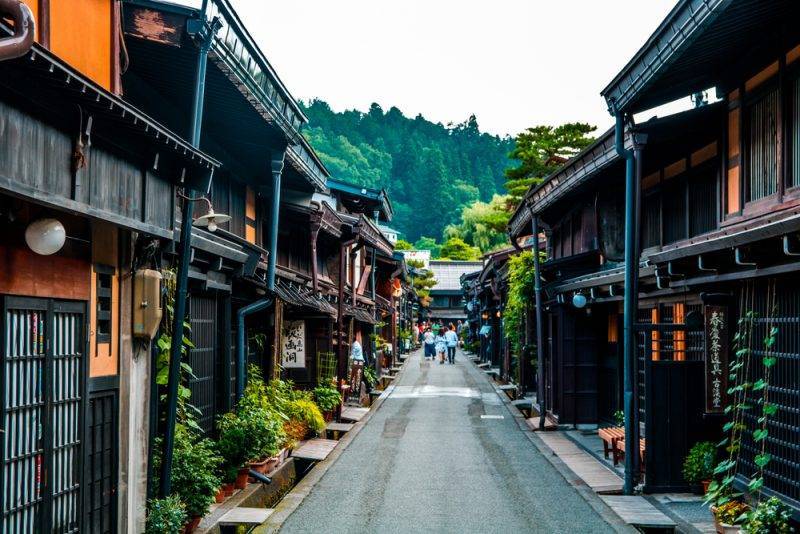
Travel to Takayama via theTokaido Shinkansen to Nagoya (Hikari: 34 minutes) followed by the scenic Hida Limited Express (2 hours 40 minutes).
Explore Takayama’s old town, visit the Takayama Jinya, and enjoy Hida beef at a local restaurant.
Day 19: Takayama to Kanazawa
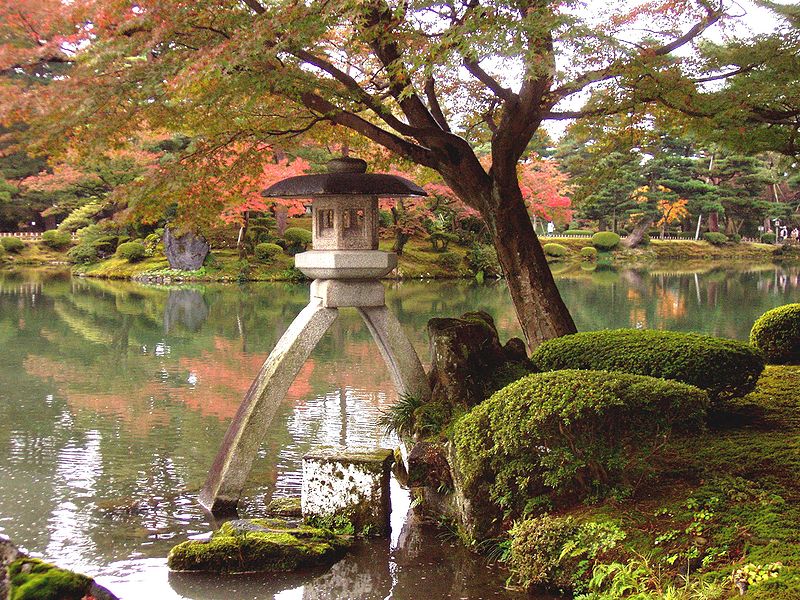
Take the Takayama Line to Toyama, then transfer to the Hokuriku Shinkansen for Kanazawa (the total journey is 2 hours 48 minutes).
In Kanazawa, marvel at Kenrokuen Garden, explore the samurai district, and visit the 21st Century Museum of Contemporary Art.
Day 20: Kanazawa to Tokyo
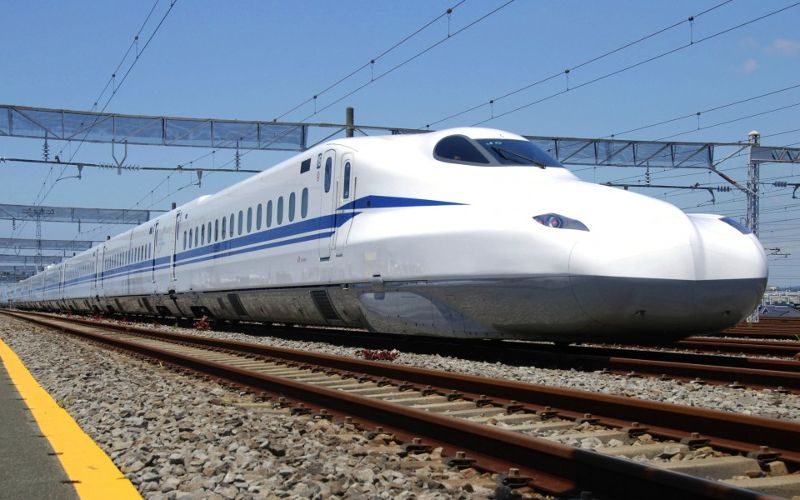
Return to Tokyo via the Hokuriku Shinkansen (approximately 2 hours 30 minutes). Spend your final evening revisiting favorite spots or shopping for souvenirs in areas like Ginza or Akihabara.
Day 21: Depart from Narita Airport
Wrap up your journey with a return trip to Narita Airport. Take the Narita Express for a hassle-free journey. Reflect on your incredible 21-day itinerary across Japan as you prepare for your flight home.
Other itineraries
Finally, if you have less time to spend than than 3 weeks in Japan, please check out our other guides:
No matter which itinerary you choose, the Japan Rail Pass will provide you with a convenient and cost-effective way to get around and see all the sights you wish to include on your journey!